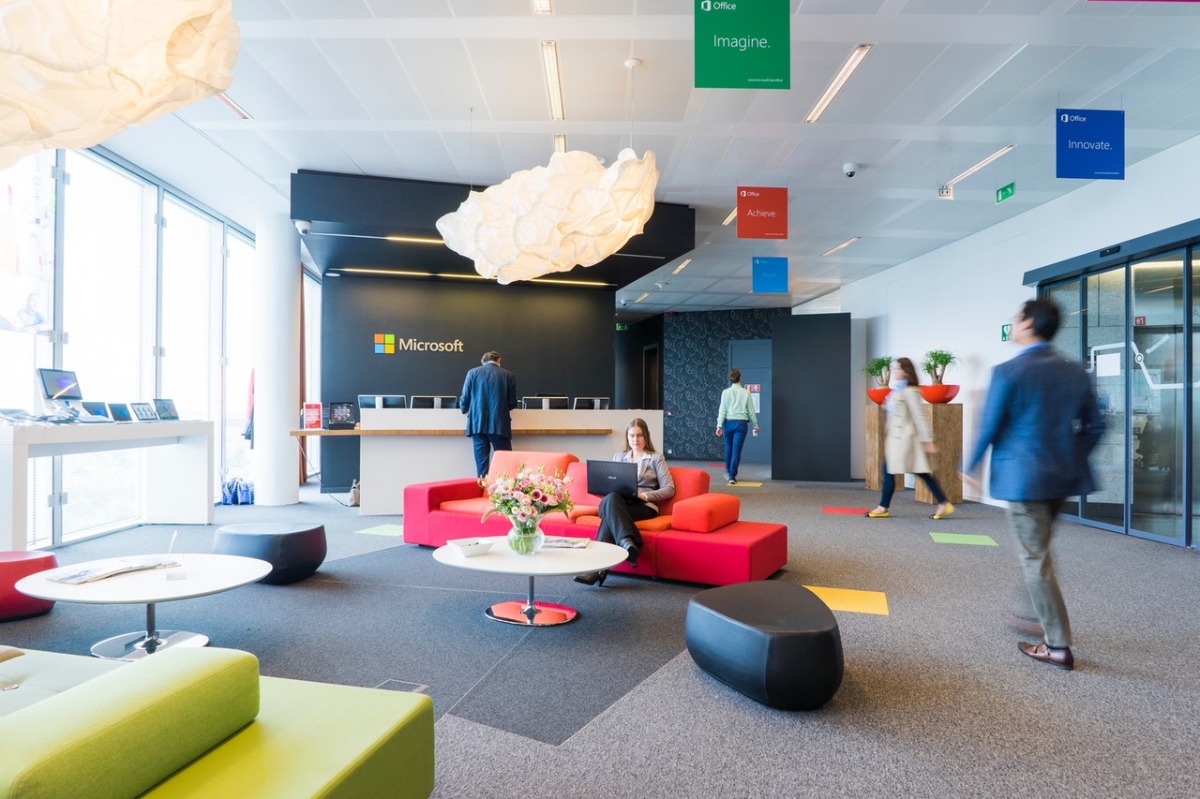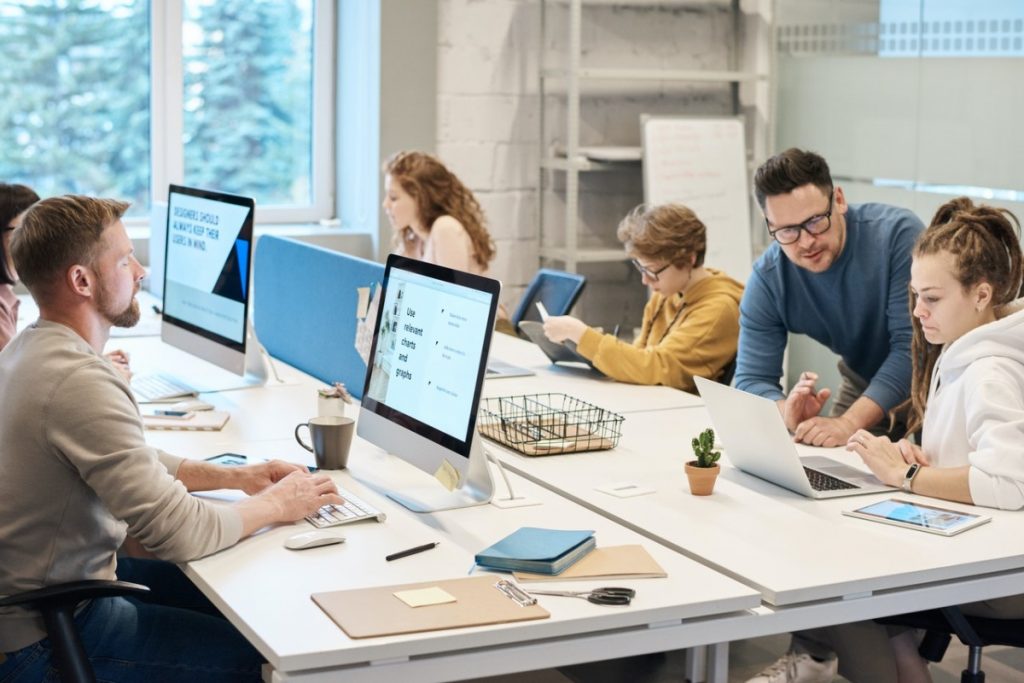The office lies at the heart of the business, so it makes sense to style it according to the daily demands of a given industry. The latest design trends in the workplace are finally moving away from aesthetic aspects to combine functionality and design in exciting ways. Modern designs today have a specific focus on enhancing productivity and employee engagement through efficiency, focus, and optimizing collaboration to accommodate employees’ shifting needs.
As more employees gradually return to their offices in this post-pandemic world, companies should welcome employees with a more comfortable office environment where they feel productive, motivated, and comfortable. Organizations looking for creative and smart ways to maximize their workspace are turning to interior designers and licensed general contractors to meet their exact specifications for their preferred office designs.
While every company has a unique identity, the industry that your business falls under will determine your ideal office layout, company branding, and working environment. That’s why the idea of a one-size-fits-all is not only outdated but also insufficient. In this article, we’ll focus on different design strategies for creative, technology, and financial industries and how each design influences the overall productivity of a company.
Creative industries and co-working spaces
In terms of the design plan and office layout, creative firms and co-working spaces share similar requirements in terms of design. Both industries have a particular focus on workspaces that allow employees to freely express their branding and individuality through their personal workspaces. The only remarkable difference is that co-working spaces need to be flexible enough to cater to various business types.
Creative and co-working offices should maintain a specific level of flexibility to accommodate various work styles. For example, jobs that require deep analyzing and intense focus (e.g. writers, researchers, and analysts) may prefer a workspace where they enjoy peace and solitude.
On the other hand, jobs focusing on consulting, management, and customer service work best in open office spaces to aid communication and project collaboration. Compared to independent workers, these employees value communication than privacy to avoid interdepartmental confusion.
Companies in creative and co-working industries require office spaces that support individuality and promote freedom so employees can establish their preferred work style according to their job functions. For instance, introverts who dislike crowds prefer working in quiet areas, while extroverts are more productive when they’re working with a large team.
These types of industries require a combination of different workspaces that provide visual privacy, acoustic privacy, domestic-type workspaces, and formal workstations. In this case, sensory spaces should be present in relaxation and work areas.

Tech companies
Generally, clients expect tech companies to own the latest and cutting-edge hardware and software in their office headquarters. While it’s necessary to fill the office with modern devices, employers should also consider how the office arrangement will affect employee performance.
Like any industry, agile work areas are a classic favorite in office spaces. Agile working is a flexible workplace that caters to the changing demands of employees. A great example is a single office space that can accommodate different work functions. Although an agile work environment can benefit tech companies, it should also consider employees’ need to work independently.
Incorporating benches, pods, and private booths with shared devices will help employees manage time quietly and independently. These spaces create a perfect contrast of a bustling office, with open tea points and breakout areas that contribute to better productivity.
Because of the competitive job market, tech companies prioritize employee happiness, well-being, and experience to recruit the best talent. To attract applicants and retain employees, tech companies may include quirky and modern designed relaxation and breakout areas.
Financial and legal firms
In previous years, cubicles and boxes have been a common office theme in financial and legal companies. Today, open-plan offices are taking over, tearing down walls and hierarchical design strategies that separate departments and seniority levels.
The rise of agile work areas led to the emergence of shared workspaces. Desk booking systems have become increasingly popular to promote variation to the routine work cycle and allow employees to decide where they want to work. Agile working environments also promote socialization and knowledge sharing across departments.
Since financial and legal firms focus on the client-centered nature of a business, the office design should represent the company identity and create a lasting first impression. This means client-facing areas, such as the reception, waiting spaces, and meeting rooms should be memorable and impactful enough to demonstrate professionalism and offer a unique client experience.
No matter what industry you’re in, employers should focus on inspiring and engaging employees through multifunctional office spaces, which humanizes the employee experience. An ideal office space uses a perfect combination of color, light, and space in work and relaxation areas to maximize employees’ well-being and productivity.




